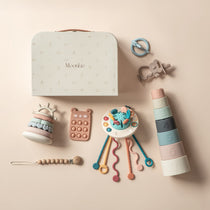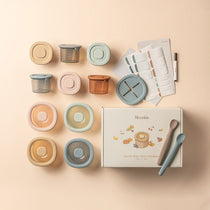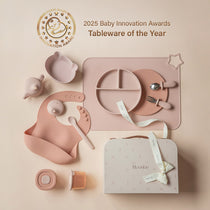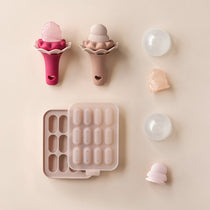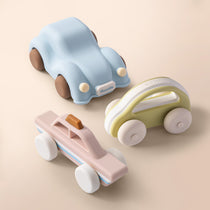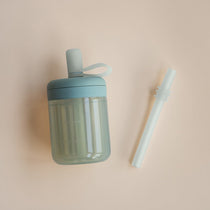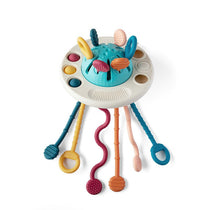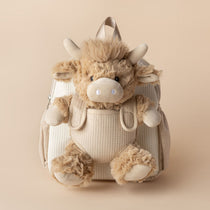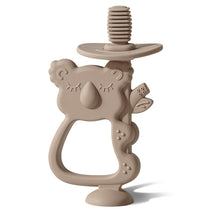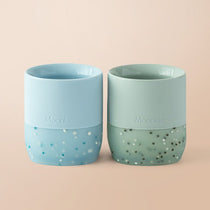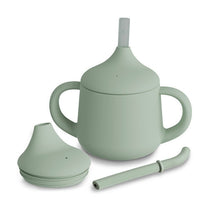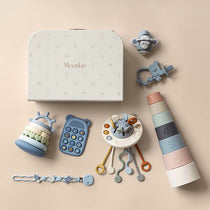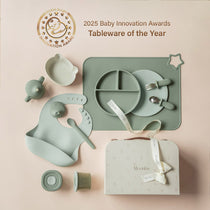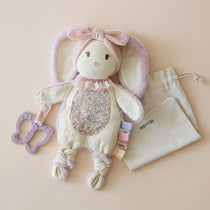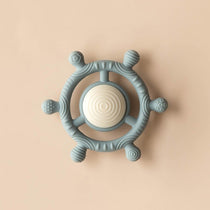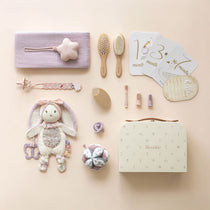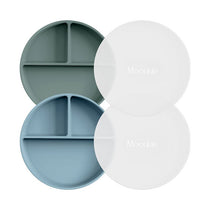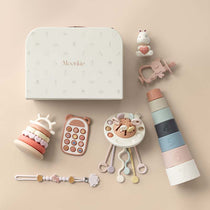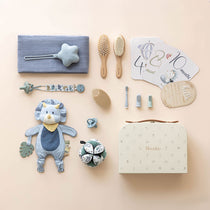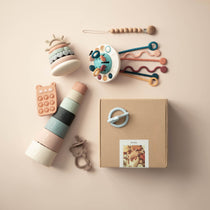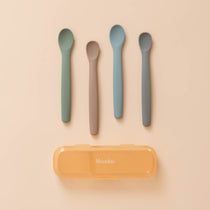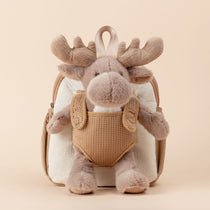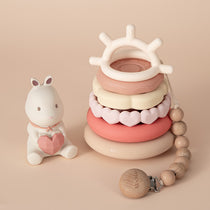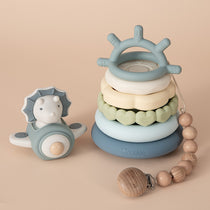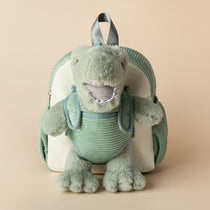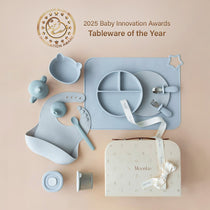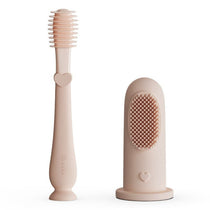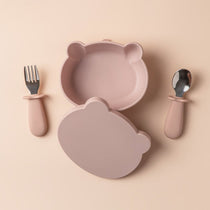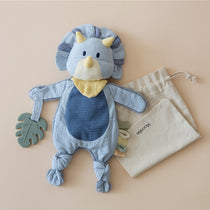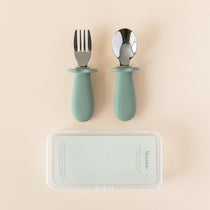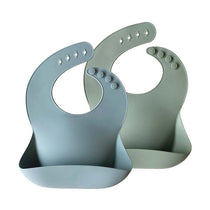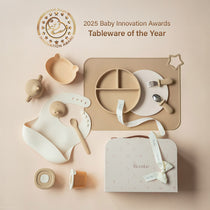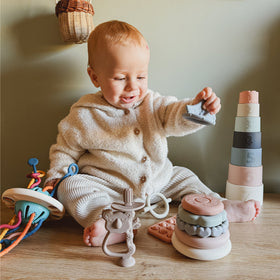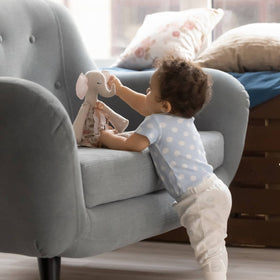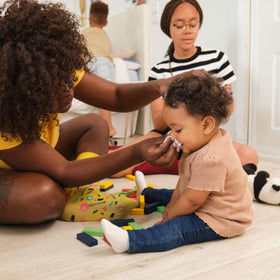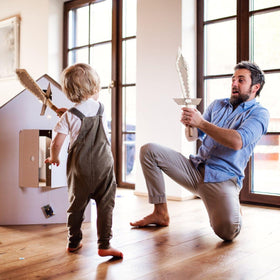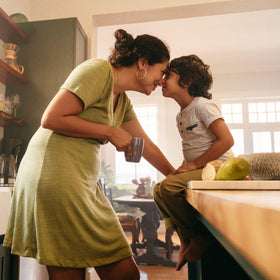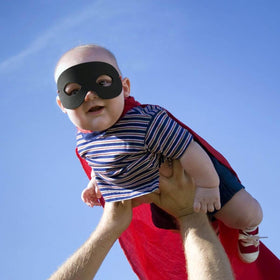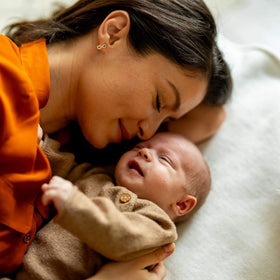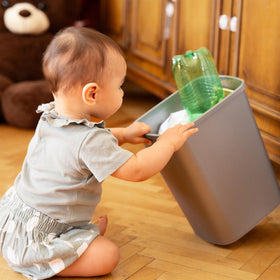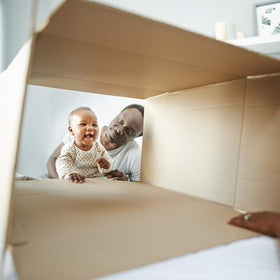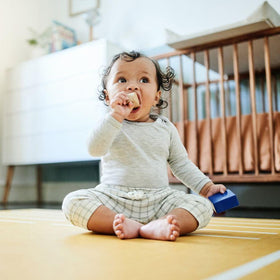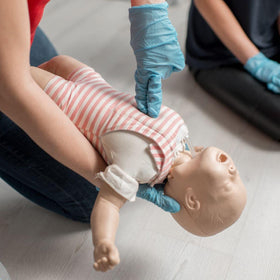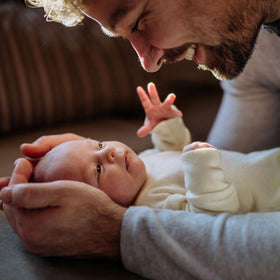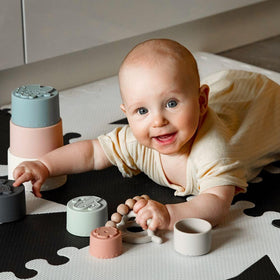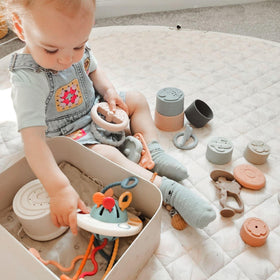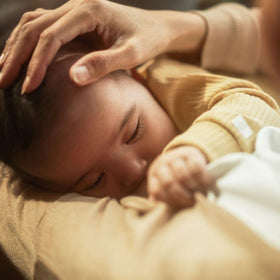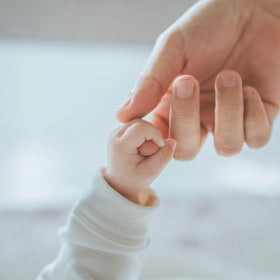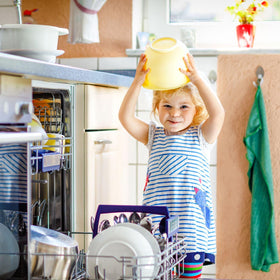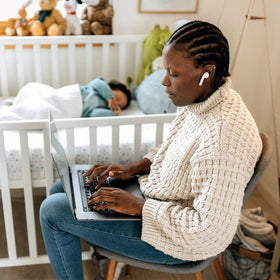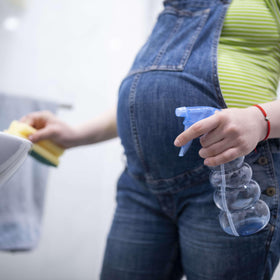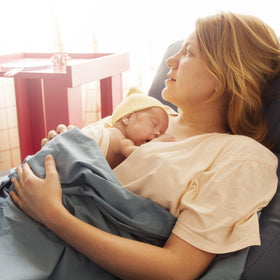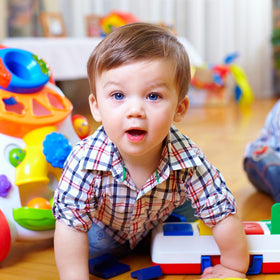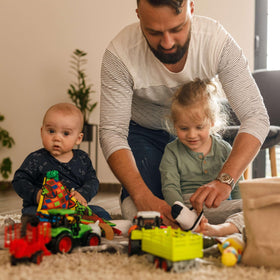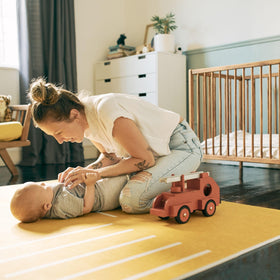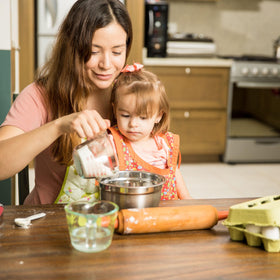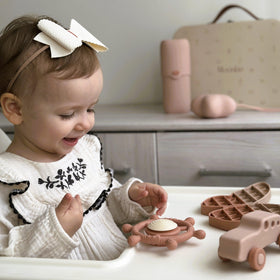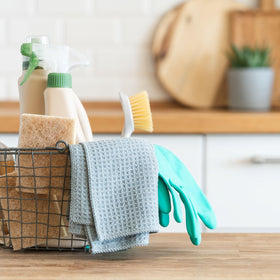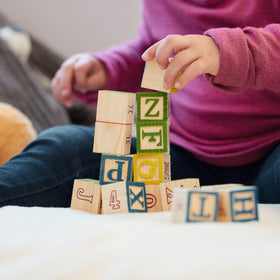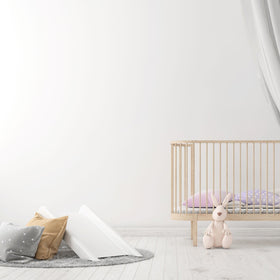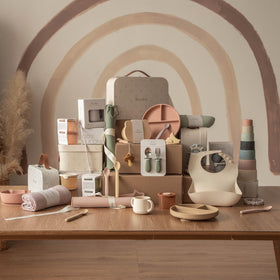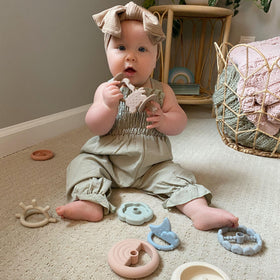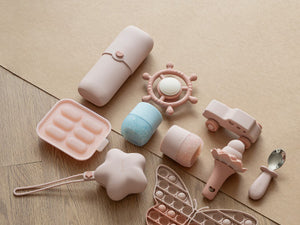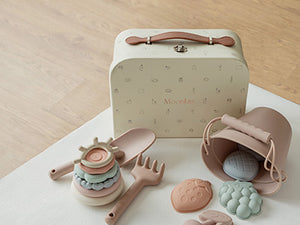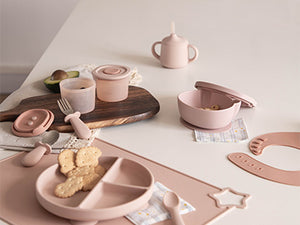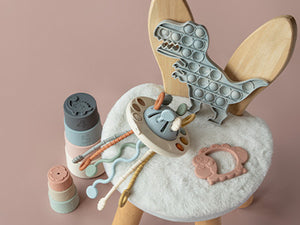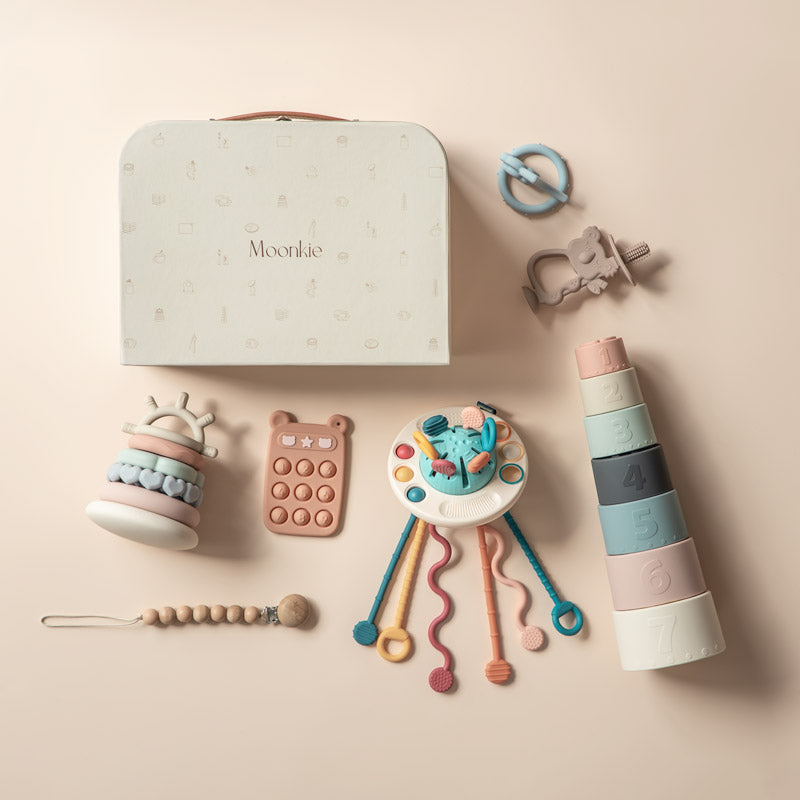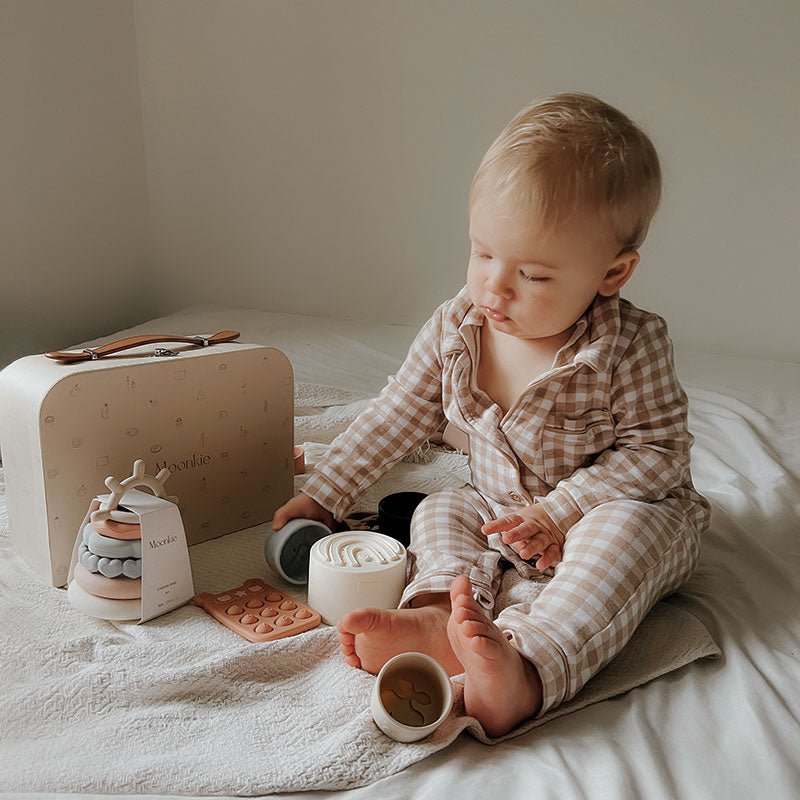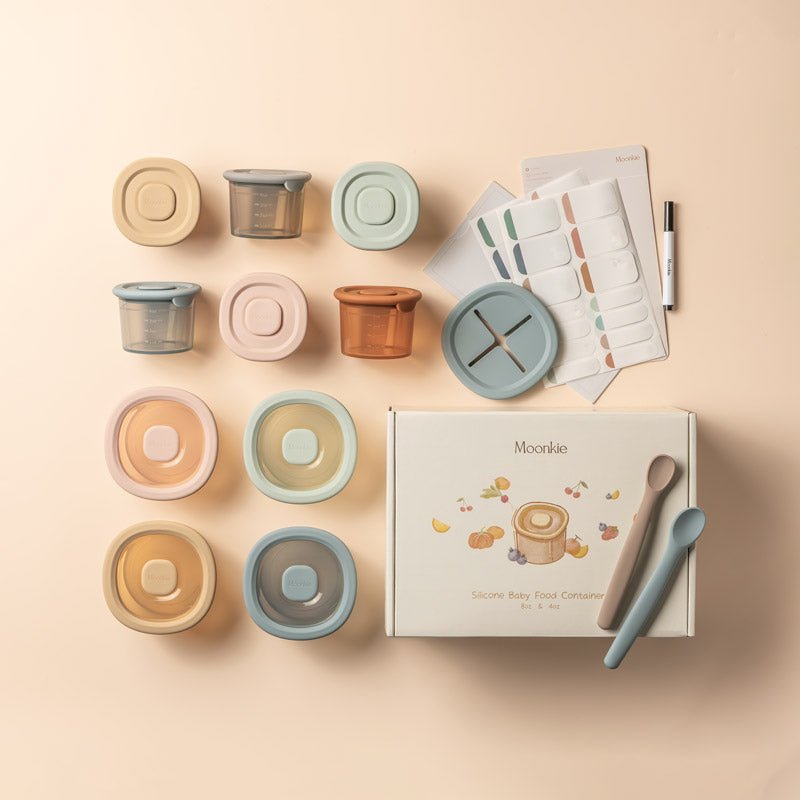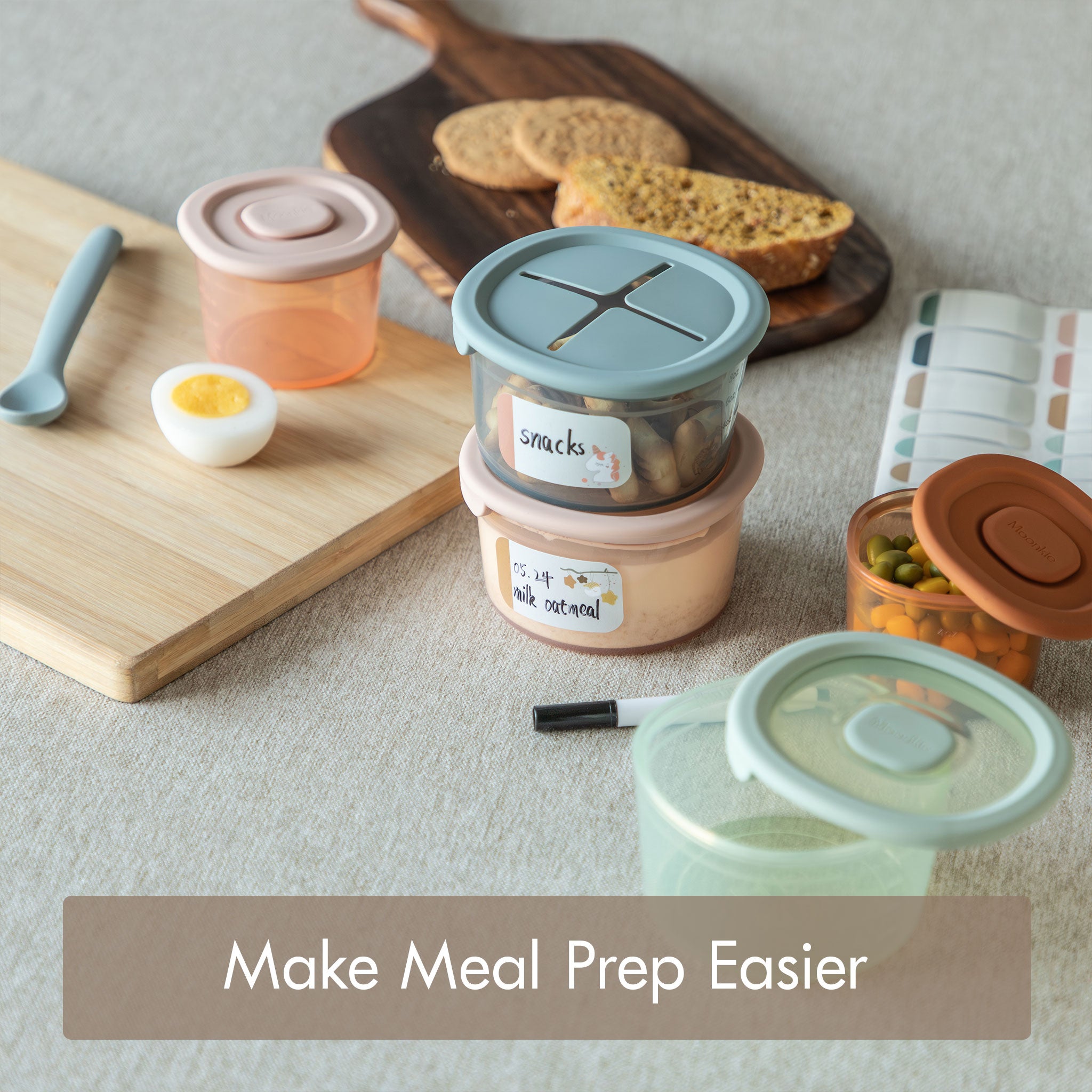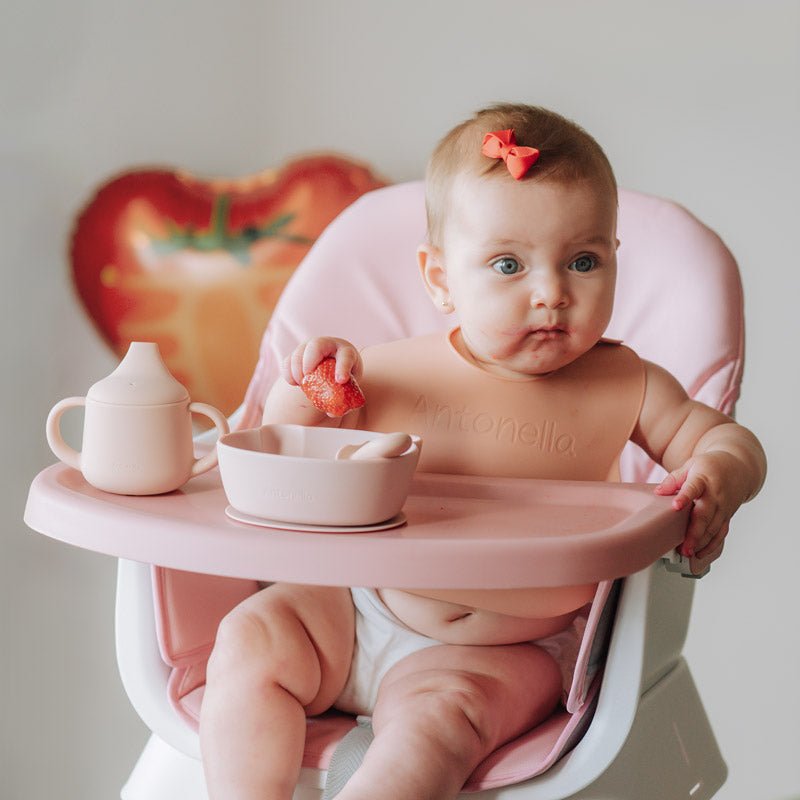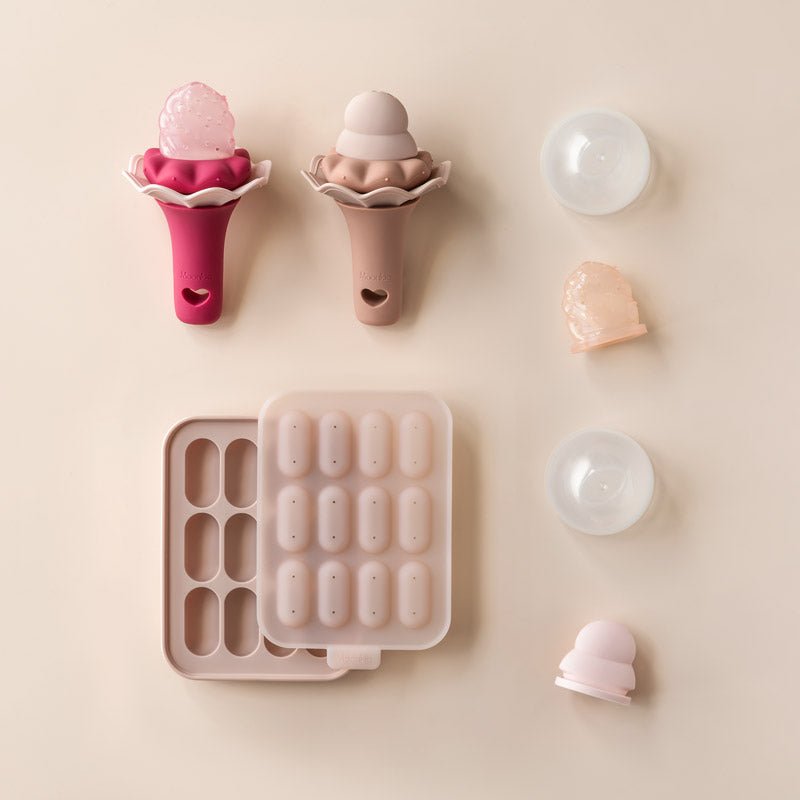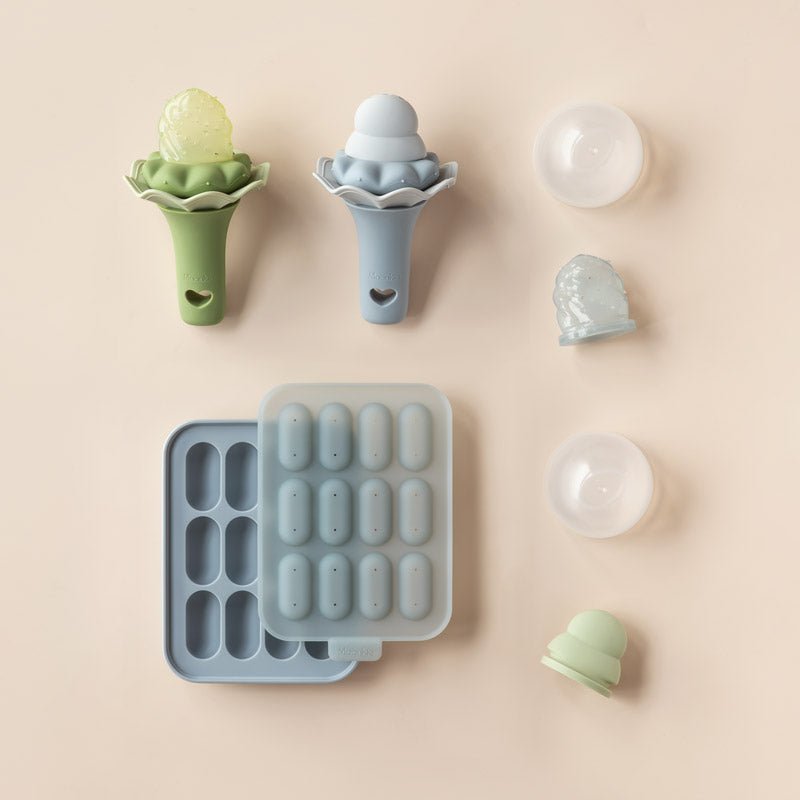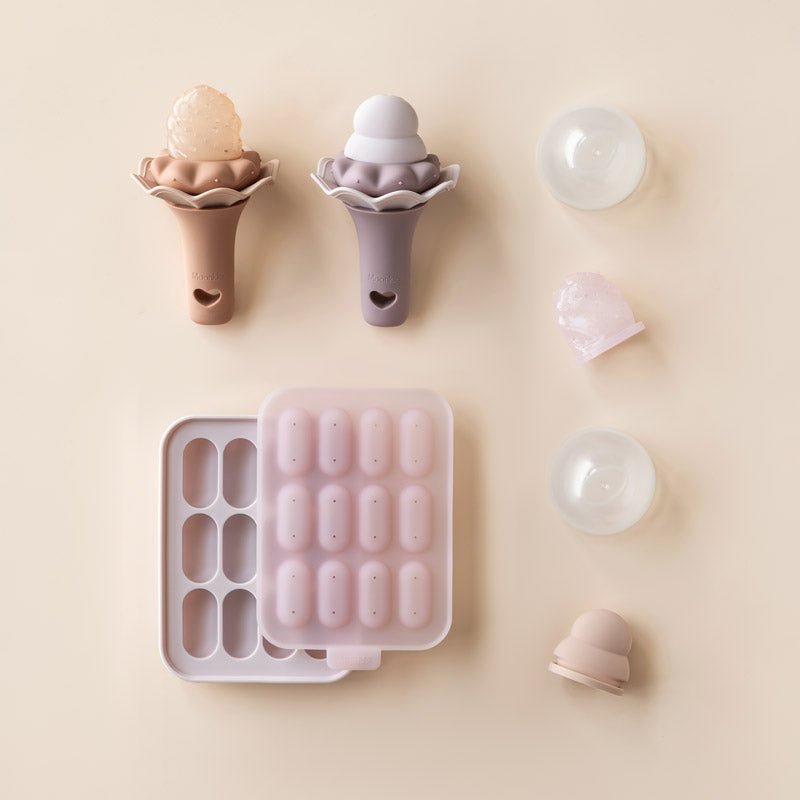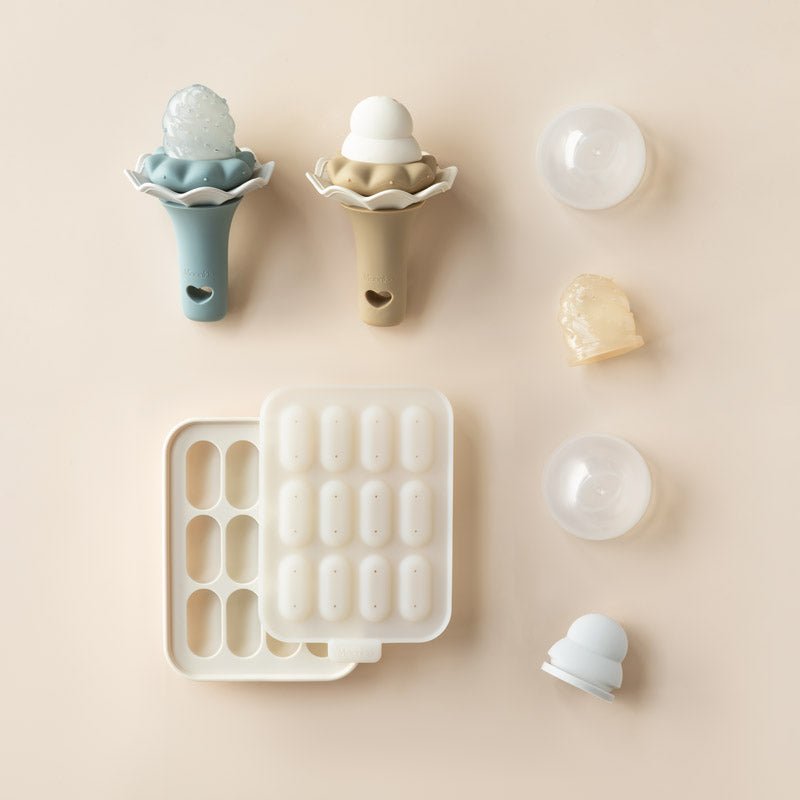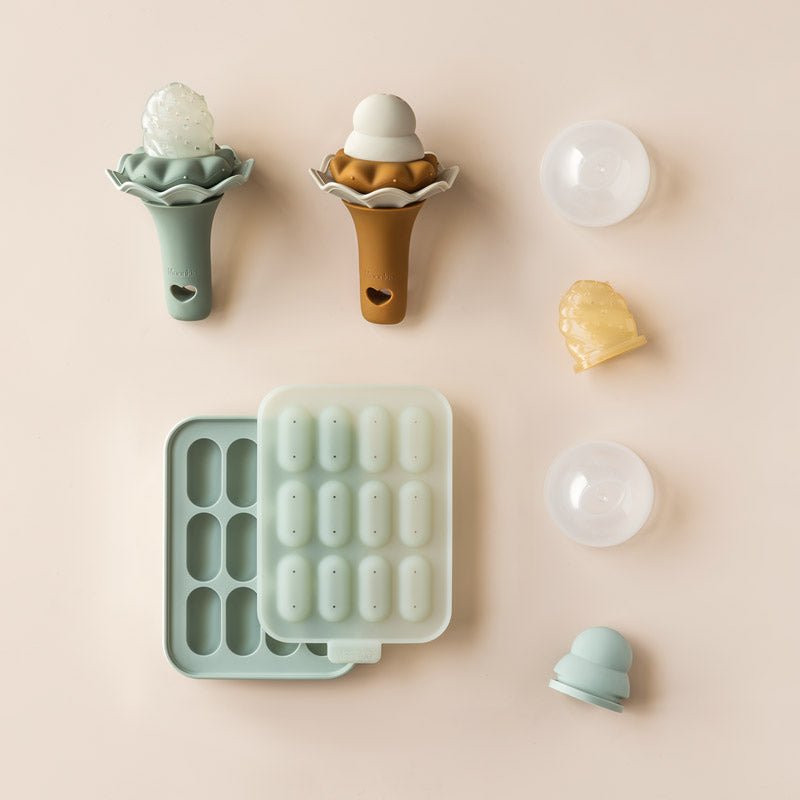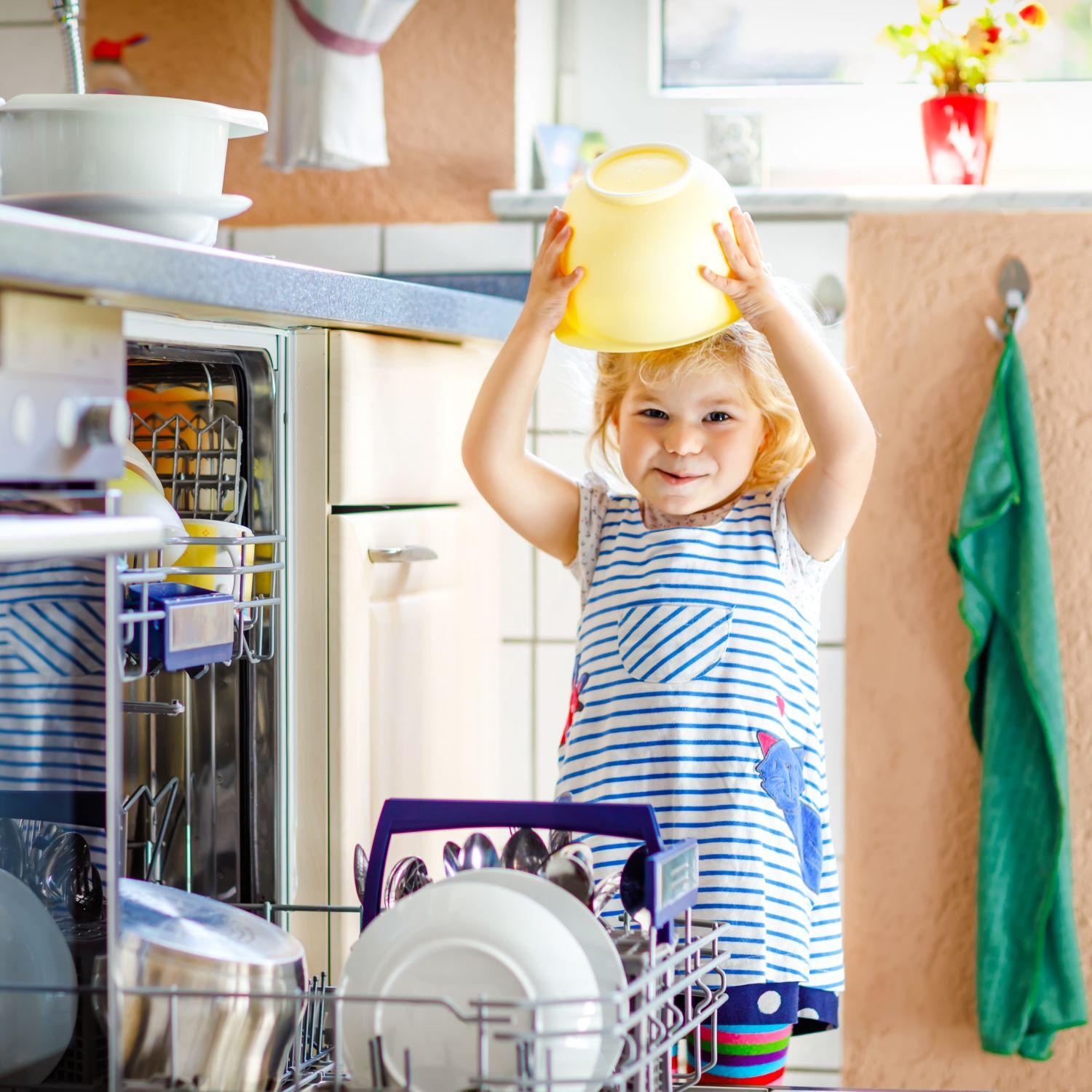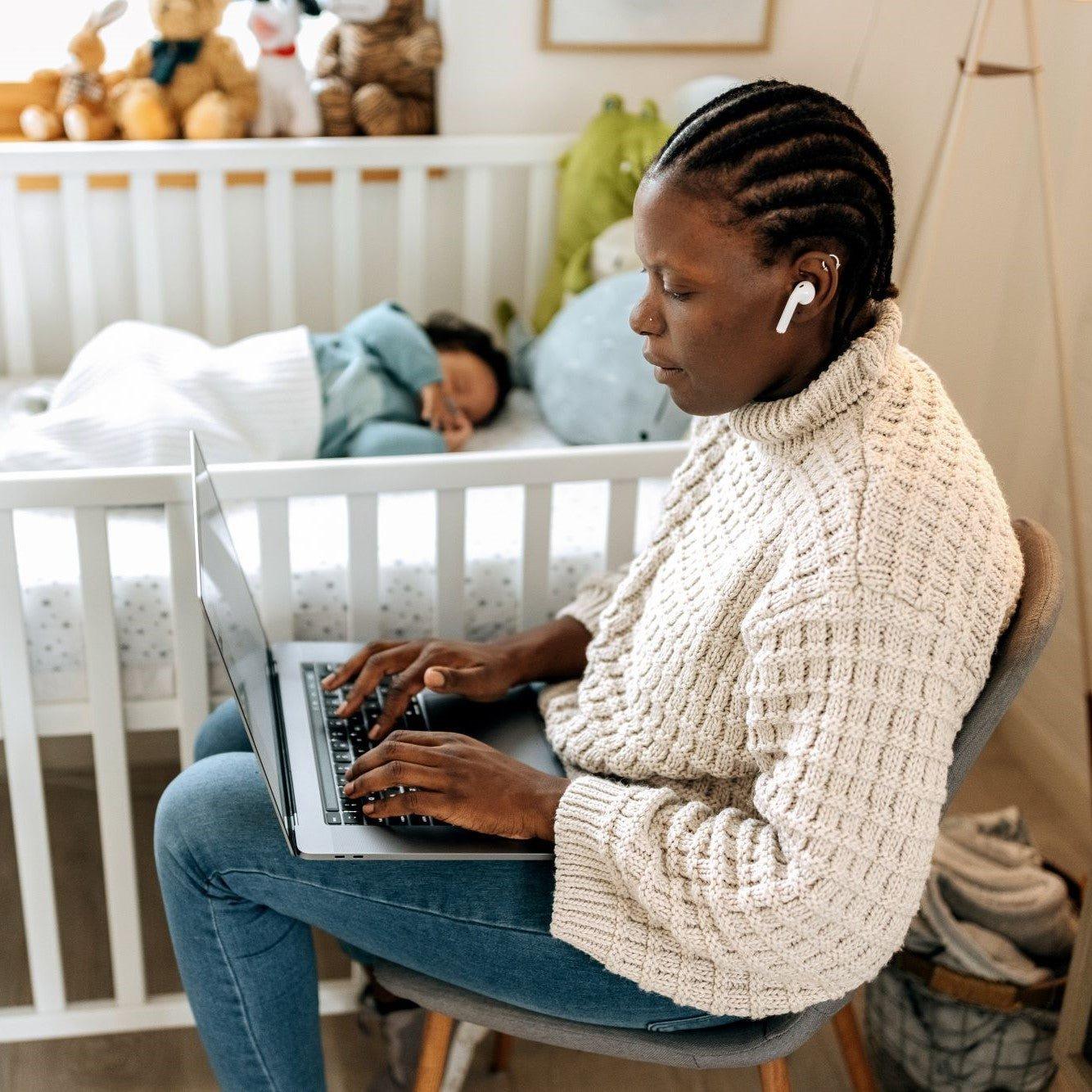If you thought the transition from pregnancy to newborn was tough, just wait until you behold the difficulties of your little human being curious about everything and being able to access it without knowing danger!
Baby-proofing your home means preparing it for a crawling or walking baby. It includes making dangerous items inaccessible, putting baby gates in strategic places, and setting tiny things and electrical items out of reach. Baby-proofing your home protects your baby and puts your mind at ease.
Though there are some items to do before your baby arrives home for the first time, baby-proofing for crawling and walking is far more involved. In this article, we will discuss everything from disciplining crawling babies repeatedly drawn to something dangerous to the master to-do list.
Should I Baby Proof My House?
Baby-proofing your home may seem like a no-brainer, but some folks are not entirely sold on the idea. Their stance is not "don't baby-proof anything," but more along the lines of "don't baby-proof everything."
Suppose your baby begins crawling, and you react with the standard parental reaction: baby-proof everything. You put protective plugs in every outlet, cover sharp corners, move furniture around, set everything out of baby's reach, and the like.
The result? Your baby will eventually learn to reach things, pull plugs out of outlets, and climb or push down baby gates. Sure, he will be safe and ignore these items in the beginning, but he will one day realize there are boundaries and push them (like climbing out of the crib).
Not to mention that you will have to do another round of baby-proofing every two to four weeks because your baby's new skills, reach, and eye for boundary weaknesses will improve rapidly, rendering previous baby-proofing attempts "not good enough."
Another less expected result is that your little one will know when he is not in a baby-proofed space and give you a dozen heart attacks within one visit. Naturally, not every home you visit will be 100% baby-proofed, and your little genius will notice the difference well before his first birthday.
So, regardless of how much baby-proofing you intend to do at home, be ready to discipline your crawling or walking baby for putting himself in danger repeatedly somewhere else. For some reason, little ones are attracted to the one thing they are not supposed to do, like an insect is attracted to a bug zapper.
How Do I Discipline My Crawling Baby for Doing the Same Bad Thing Repeatedly?
Disciplining a crawling baby who hasn't even reached her first birthday is tough. Which rules is she capable of understanding? Can I punish her for something she may or may not understand? How can I discipline my baby without confusing her?
Let's start by saying you need to discipline your baby to some degree. Babies need boundaries, positive reinforcement, and consistent reinforcement of limits. To be clear, this does not mean spanking, smacking hands, or yelling at your baby. These will do nothing but confuse and terrify her.
Until about 18 months, your little one will not intentionally defy you. They don't have the logic or ability to plan to actively decide to break a rule. Moreover, your baby doesn't have the self-control to adhere to your rules; she simply acts on impulse (source).
So, what does "disciplining" a baby look like? It often involves firmly telling your baby, "No, that's not for baby," moving her or the dangerous object, and redirecting her attention to something she can have. Redirection is key to disciplining a baby.
Other tips for disciplining your crawling baby include:
setting clear rules
consistently upholding those rules
ensuring other adults have and enforce the same rules
avoiding yelling and other aggressive behavior
avoiding lectures or complex sentences
modeling good behavior
using distractions to redirect
How Do I Discipline My Walking Baby for Doing the Same Bad Thing?
Some industrious babies start walking as early as 8 months old, while others delay those first steps until 15 months old. Disciplining your walking baby looks largely the same during these months, but after 18 months, you've got to adjust your strategy.
Months 18 to 36 are the true toddler years. You will see your toddler understand that he is unique from you and demonstrate that separate willpower through intentional defiance and rule breaks (source). Don't worry; this is a totally natural part of development!
The trick is adjusting your discipline strategy appropriately. As your little one becomes more able to do so, he will be determined to get into all the "forbidden" things. This is when banking on "baby proofing" to keep your little one safe shifts more toward rules, discipline, and trust.
Redirection will still work in some cases, but it will not be as effective in this stage as it was in the past. So, in addition to the discipline suggestions for crawling babies above, consider implementing these for your walking toddler:
use timeouts
remove the item they are using wrongly
offer a choice between two or three acceptable options
use humor to lighten things a bit
enforce limits
avoid giving in to tantrums
keep your voice and actions calm and steady
listen to your child when he tries to express his feelings or thoughts (but still enforce rules)
avoid entering power struggles
How to Deal with Toddler Power Struggles
Power struggles are tough to avoid with a toddler, but they should not be a normal thing. Don't get into a yes-no debate because it will give your toddler something to be stubborn about. If he refuses to get into his bath or shower, you can say, "You can get in yourself, or I will put you in."
If he continues to refuse, you can pick him up and put him in the bath without anger. Using a calm tone of voice, express what your toddler is likely feeling and redirect: "I know you don't want to take a bath because you were playing, but you are stinky, so you need a bath. Besides, we can play with your bath toys now!"
The same situation can play out for dangerous items around the house you don't want your toddler playing with. Suppose your toddler has become captivated by the idea of playing with tools in the garage, but you don't want that because you cannot see or hear him clearly, and some tools are dangerous.
You can say, "Hey, that's not a place for toddlers. I know you want to work with tools, but these are not safe. Can you think of something you are allowed to play with?" If your toddler escalates to defiance or a tantrum, you can calmly enforce the rule with a choice: "You can get out of the garage, or I will carry you out. Your choice."
Toddlers want to have more control over themselves, their things, and their activities, so they will relentlessly test the boundaries and rules you have set for their safety. Hearing their feelings, offering a choice to willingly obey, and redirecting to something fun within boundaries are crucial steps to transitioning from relying on baby proofing to trust.
When Should I Baby-Proof My House?
Some baby proofing takes place before your baby arrives, but the majority happens once your little one begins rolling over, standing on hands and knees, and rocking (the predecessor to crawling).

Baby-proofing your home involves more than blocking or getting rid of physical things that are dangerous for your baby. It also includes switching to baby-safe cleaners, detergents, soaps, and foods.
The best time to remove harmful chemicals and cleaners is during pregnancy, when you may have more time to find safer alternatives. Check out: 25 Common Household Things That Are Toxic to Your Baby.
Another way to baby-proof before your baby's arrival is to choose baby toys and products that are safe, easy to clean, and sterilizable. Believe it or not, spraying your little one's toys each evening with Lysol is not going to cut it (and may do more harm than good).
Take some time to learn how to clean different types of baby toys in The Dos and Don'ts of Disinfecting Baby Toys: A Comprehensive Guide. I learned these tricks the hard way!
Once your baby begins rolling over (3-4 months), you should start fully baby-proofing your house. Even if you choose not to go over the top with baby proofing, identify the most dangerous areas and items to proof those: stairs, furnaces, electric outlets, doors, sharp objects, swallowable objects, and the like.
Odds are that you will baby-proof your home with each new trick and ability your baby gains. It takes time, but it is worth your peace of mind!
What to Baby Proof for Crawling and Walking
Once your little one becomes mobile, the game changes entirely. You've got a baby who can seriously injure herself and yet has no idea how dangerous home can be. Oh, and this baby has more energy than you do!

You need a game plan with safe parameters for your baby that will evolve along with her development. We've already talked about discipline. Now, let's get into what to baby-proof (source).
Baby Proof for Crawling and Cruising
Anchor the TV to the wall and hide cords.
Put baby-proof locks on lower cabinets and drawers.
Place fireplace screens around hearths.
Put corner bumpers on sharp corners.
Remove lamps from end tables and bed stands.
Place baby gates at the top and bottom of the stairs.
Remove blinds with cords.
Move sharp objects like knives to a higher, more secure place.
Put away tablecloths.
Move all cleaners and medicine to a high, locked cabinet.
Replace open trash cans with those with lids you can lock.
Move books from lower bookshelves or block them somehow.
Move the crib and highchair away from things they can reach.
Put a safety lock on toilet lids.
Put plastic plugs in all open outlets.
Feed pets up high, outside, or when your baby is napping.
Put stoppers on doors to prevent finger pinching.
Move houseplants out of reach.
Baby Proof for Walking
Put non-skid rug liners under the rugs.
Put baby and toddler covers on door knobs.
Clear non-baby things from the top of your kitchen and bathroom counters.
Lock tools away.
Check the garage door's safety sensor.
Cook on the back burners or block the kitchen off when you cook.
Put a lock on the fridge and freezer doors.
Is a Hard Floor Safe for Crawling Babies?
Yes, hard floors are safe for crawling babies as long as they are smooth and don't have a toxic finish. Though crawling on hard floors would hurt our knees, babies have some extra cushion and don't seem to mind the floors at all.
The only time I've seen parents put knee pads on their baby was in an Airbnb with tile floors. The parents were worried about the grout lines hurting their little one's knees, but the pads frustrated the baby. She didn't want to crawl with those weird things stuck to her legs!
If you are visiting someone with stone or brick floors, take a walker with you to keep your baby upright, or bring thick pants. For the most part, however, hard floors don't bother crawling babies.
How Do You Keep a House Clean Enough for a Crawling Baby?
You may think you didn't have to clean much before a baby came along--so what is it with the floors seemingly getting dirty again so quickly? Part of it could be that you are walking around more with the baby, but it is just as likely that you didn't have to pay as much attention before!

When your baby begins crawling, everything sticking to his hands ends up in his mouth due to teething and exploring. So, if you have a pet, you may now be annoyed at how much pet hair is everywhere right after you mop.
How does one keep up? I found it incredibly helpful to invest in the cleaning tools I actually liked, set a 20-minute cleaning time every morning and evening, and spot clean as messes popped up throughout the day.
Since my toddlers are excellent at following me to undo everything I do, finding ways to involve them in the chores as a game helps me maintain my sanity.
If you want some cost-effective and eco-friendly cleaning tips and recipes, read Cost-Effective Eco-Friendly Cleaning Tips for Busy Parents.
In a Nutshell
Baby-proofing your home takes a lot of thinking ahead from your baby's perspective. No matter how much baby-proofing you do, your little one will find ways to amaze you with his or her ingenuity.
For example, my one-year-old son tripped the power at a friend's house with a cheese grater and a nightlight--neither of which he had with him a minute beforehand. I had turned to set a houseplant on the counter and adjusted the window for sunlight and ZAP! No power and a laughing baby. What baby ingenuity stories do you have?

